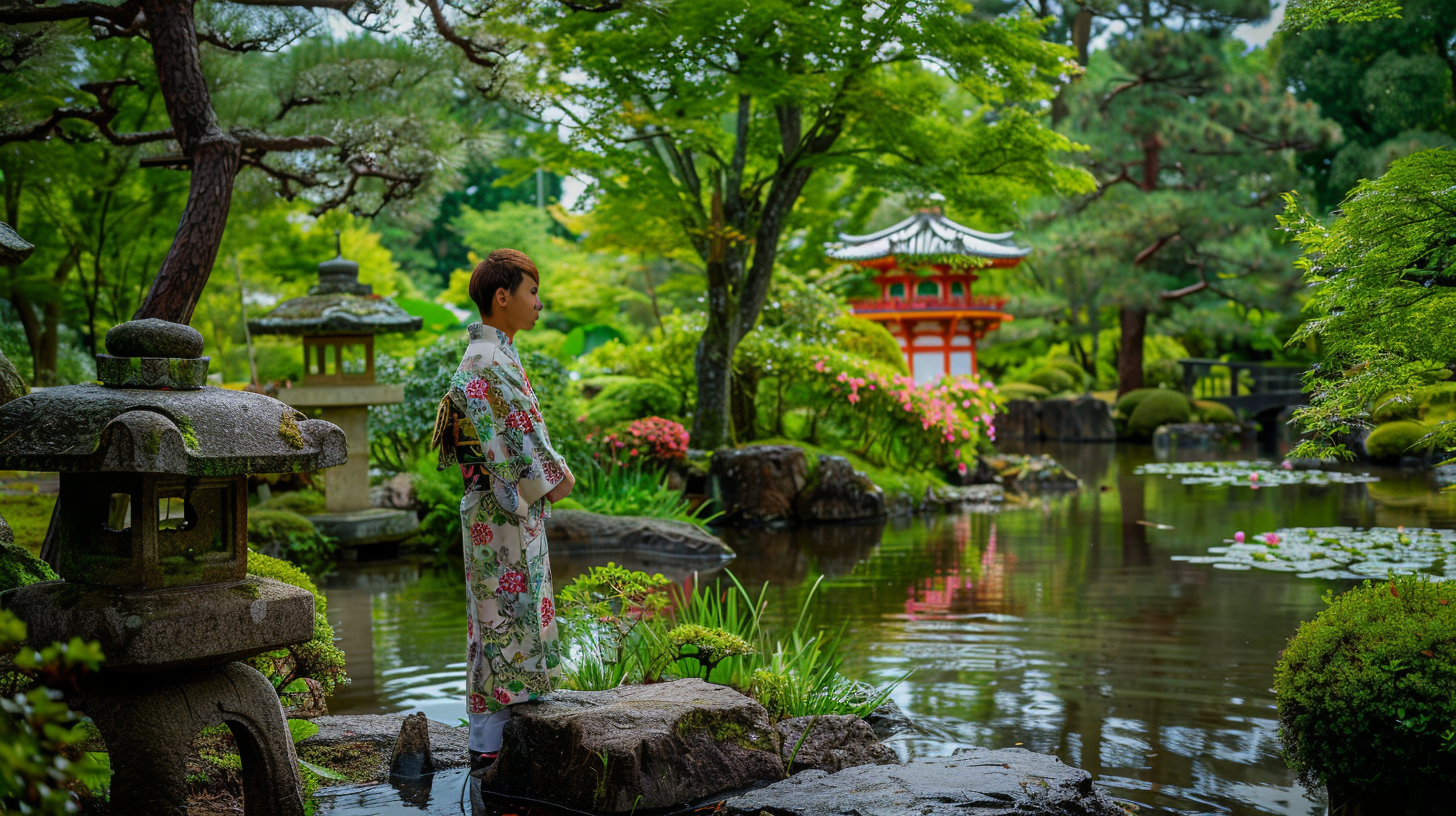Are you captivated by the natural beauty and diversity of plant life as much as I am? I can relate!
During my recent visit to the Kyoto Botanical Garden Japan, I was completely mesmerized. This vast garden spans over 240,000 square meters and boasts an astounding collection of more than 12,000 plant species.
It’s not just a garden; it’s a journey through the oldest and most comprehensive botanical showcase in Japan.
Let’s embark on this green journey together! 🙂
Kyoto Botanical Garden Japan: History and Development
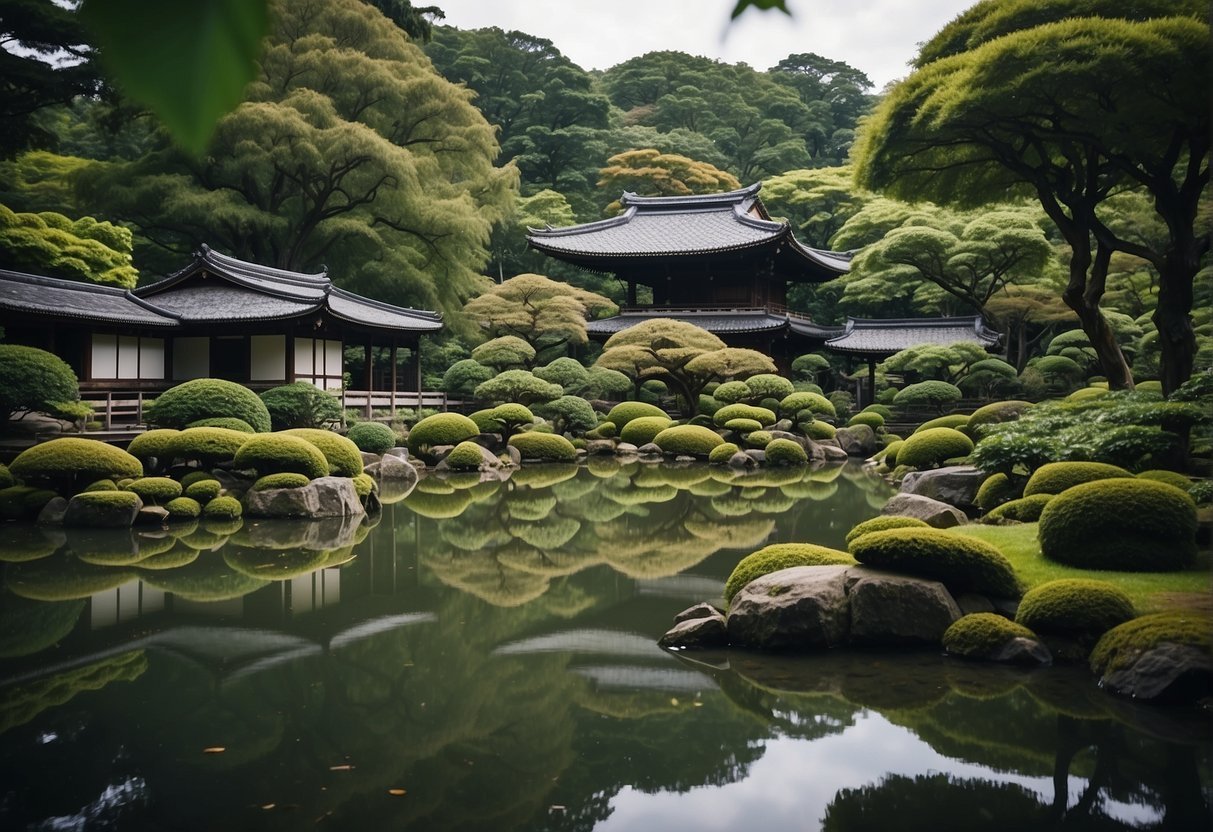
I am excited to share with you the rich history of the Kyoto Botanical Garden in Japan.
The garden has a fascinating story that dates back to the Meiji era, and it has undergone several modern enhancements to become the beautiful and comprehensive botanical garden that it is today.
Meiji Era Beginnings
The Kyoto Botanical Garden was established in 1924 during the Meiji era, a time of rapid modernization in Japan.
The garden was initially created as a research facility for the Kyoto Prefectural University of Agriculture, which was founded in the same year.
The garden quickly became a center for the study of botany and horticulture, attracting researchers and scholars from around the world.
During World War II, the garden fell into disuse and was damaged by bombing raids. However, after the war, the garden was restored and reopened to the public in 1961.
Since then, the garden has continued to grow and evolve, becoming one of the most popular attractions in Kyoto.
Modern Enhancements
Over the years, the Kyoto Botanical Garden has undergone several modern enhancements to improve the visitor experience and expand the garden’s collection of plants.
In 1992, a new conservatory was built, which houses a wide variety of tropical and subtropical plants. The conservatory is divided into several sections, each representing a different climate zone.
In addition to the conservatory, the garden has several other features that make it a must-visit destination for nature lovers.
The garden has a large pond, which is home to several species of fish and waterfowl. There is also a rock garden, which is inspired by traditional Japanese design principles.
Kyoto Botanical Garden is a fascinating destination that offers a glimpse into Japan’s rich history and culture.
Whether you are a botanist, a nature lover, or simply looking for a peaceful and beautiful place to visit, the garden is definitely worth a visit.
Hey you! Are you interested in more nature tips? Then be sure to check out our top articles! You definitely can’t miss it!
Japanese Travel Destinations – Spring Edition: Our Top Spots 2024
Gardens and Collections
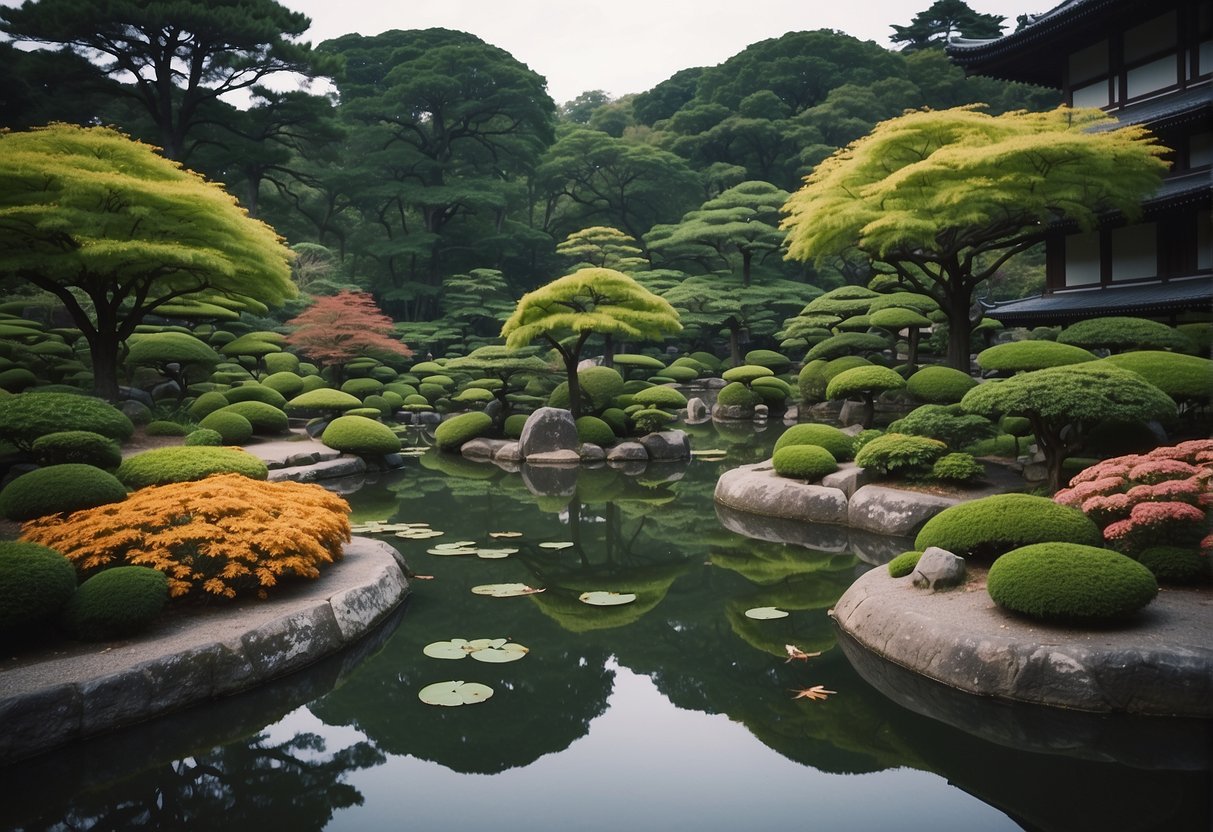
When I visited the Kyoto Botanical Garden, I was amazed by the vast collection of plants from all over the world. The garden is spread over 240,000 square meters and has around 12,000 species of plants, making it the oldest and most comprehensive public botanical garden in Japan.
Here are some of the garden’s most notable gardens and collections:
Cherry Blossoms and Maples
The Kyoto Botanical Garden is a popular destination for cherry blossom viewing during the spring season.
The garden has over 400 cherry blossom trees, which bloom in late March to early April, creating a beautiful pink and white canopy over the garden.
The garden also has a large collection of Japanese maples, which turn into a beautiful red and orange hue during the autumn season.
Conservatories and Greenhouses
The garden has several conservatories and greenhouses that house tropical and subtropical plants from all over the world.
The conservatories are divided into different zones, such as the Tropical Zone, the Desert Zone, and the Aquatic Zone. The Tropical Zone is home to plants such as bananas, pineapples, and orchids, while the Desert Zone has cacti and succulents from various regions of the world.
The Aquatic Zone has a large collection of water lilies and lotuses.
Specialized Plant Collections
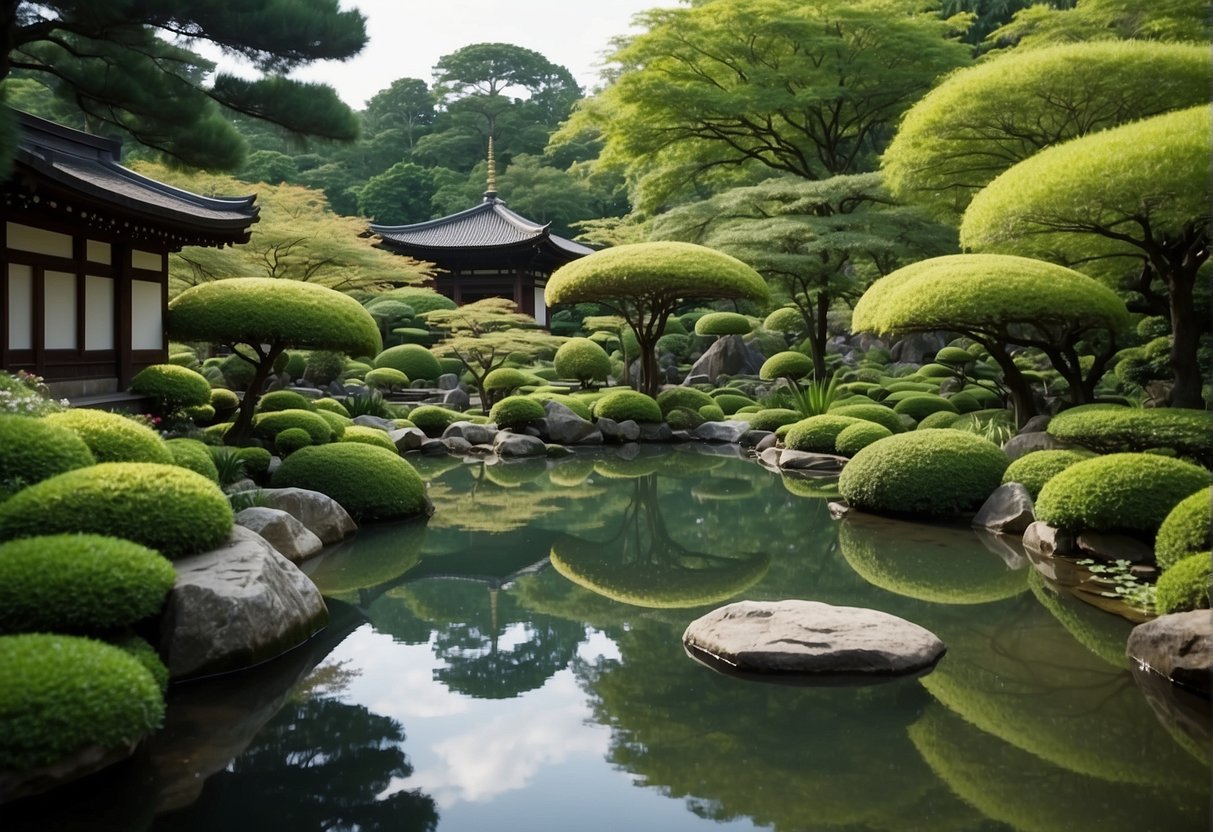
The Kyoto Botanical Garden has several specialized plant collections, such as the Japanese Iris Garden, the Peony Garden, and the Bamboo Garden. The Japanese Iris Garden has over 200 species of irises, which bloom in late May to early June.
The Peony Garden has around 100 species of peonies, which bloom in late April to early May. The Bamboo Garden has around 40 species of bamboo, which are used in traditional Japanese crafts such as basket weaving and paper making.
The Kyoto Botanical Garden is a must-visit destination for anyone interested in plants and nature.
The garden has a vast collection of plants from all over the world, and there is something for everyone to enjoy.
Whether you are interested in cherry blossoms, tropical plants, or specialized plant collections, the Kyoto Botanical Garden has it all.
Visitor Experience
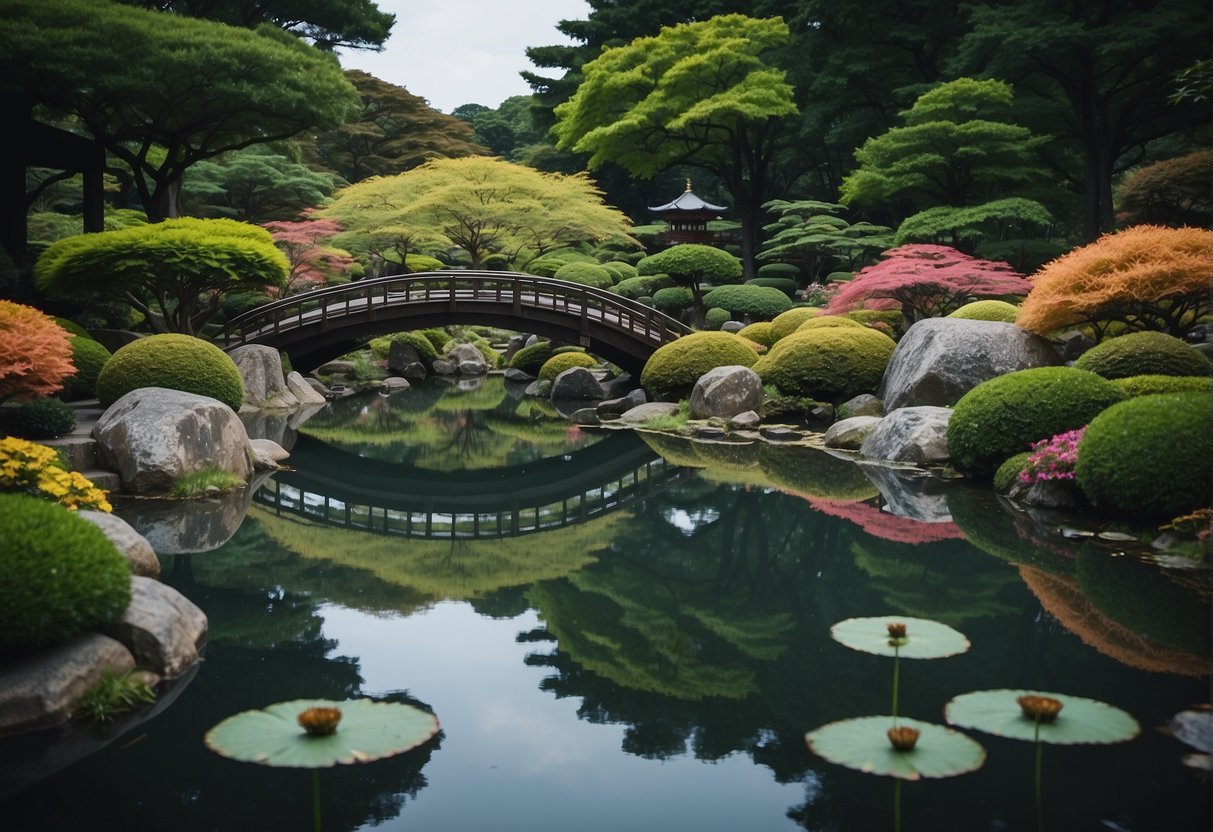
As someone who has visited the Kyoto Botanical Garden, I can say that it is a beautiful and educational experience.
Here are some of the highlights of my visit:
Seasonal Events
The garden hosts seasonal events throughout the year, such as cherry blossom viewing in the spring and autumn foliage viewing in the fall.
During my visit in the spring, I was able to see the garden’s cherry blossoms in full bloom. It was a stunning sight and a great way to experience Japanese culture.
Educational Programs
The Kyoto Botanical Garden offers various educational programs, including guided tours and workshops.
During my visit, I participated in a guided tour that was both informative and engaging. The guide was knowledgeable about the plants and their history, and I learned a lot about the garden’s collection.
Amenities and Facilities
The garden has several amenities and facilities that make it a comfortable place to visit. There are restrooms, benches, and vending machines throughout the garden.
The garden also has a gift shop where visitors can purchase souvenirs and plants.
Conservation and Research
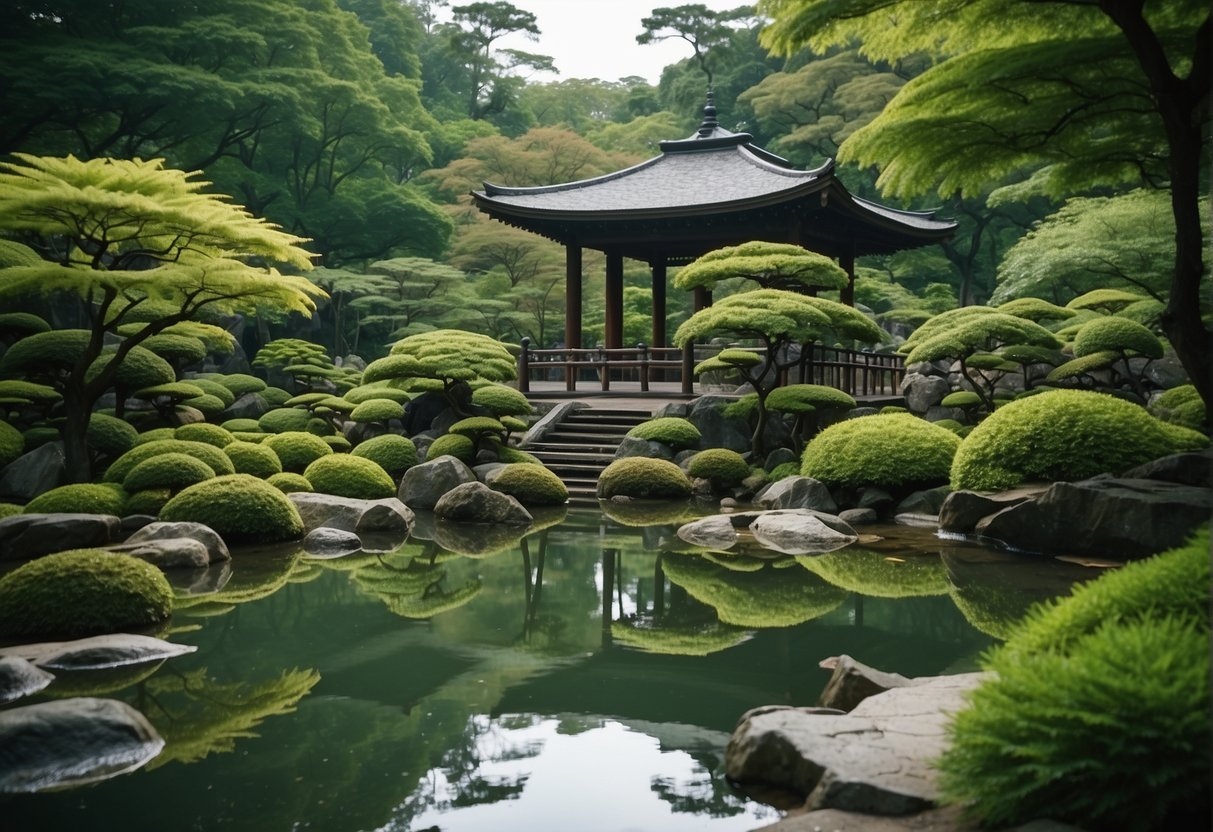
As I explored the Kyoto Botanical Garden, I was impressed by the garden’s dedication to conservation and research.
With over 12,000 plant species, the garden serves as an important resource for scientists and researchers around the world.
One of the ways the garden supports research is through its herbarium, which contains over 1.2 million plant specimens.
These specimens are carefully preserved and cataloged, providing valuable information for taxonomists, ecologists, and other researchers.
In addition to its herbarium, the garden also has a research center that conducts studies on plant ecology, evolution, and conservation.
Researchers at the center use cutting-edge techniques to study plant genetics, morphology, and physiology, with the aim of better understanding how plants function and how they can be protected.
The garden also plays an important role in plant conservation. It is home to several endangered plant species, including the Kyoto oak, which is native to the region.
The garden’s staff work hard to protect these species and to raise awareness about the importance of plant conservation.
I was impressed by the Kyoto Botanical Garden’s commitment to research and conservation.
Its herbarium, research center, and conservation efforts make it an important resource for scientists and a valuable asset for the community.
Frequently Asked Questions
What can visitors see at Kyoto Botanical Garden?
Various plant collections, greenhouses, and seasonal flower displays.
Is there an entrance fee for Kyoto Botanical Garden?
Yes, there is a small entrance fee.
Are there any special events held at Kyoto Botanical Garden?
Yes, the garden hosts seasonal events and flower festivals.
If you liked this blog article about kyoto botanical garden japan, don’t forget to follow us on Pinterest so you don’t miss any nature tips.
Let us know, which of the above is your favorite botanical garden!

